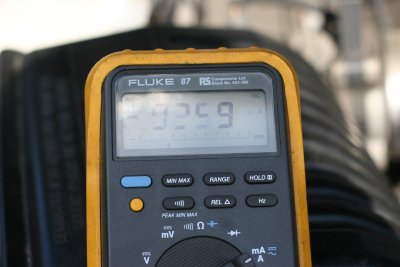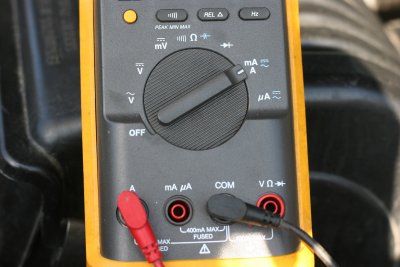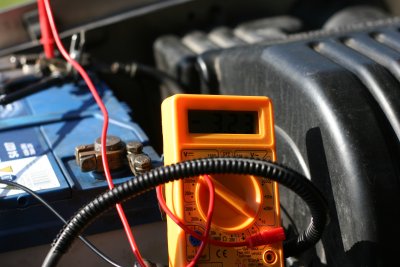Petrol Pete
Hardcore MB Enthusiast
I blew the 'big' fuse in one of my Fluke meters a while back, I did not even know it happened or when. I just picked the meter up one day and the fuse had popped. ?? Had to order a replacement fuse from Fluke online.







